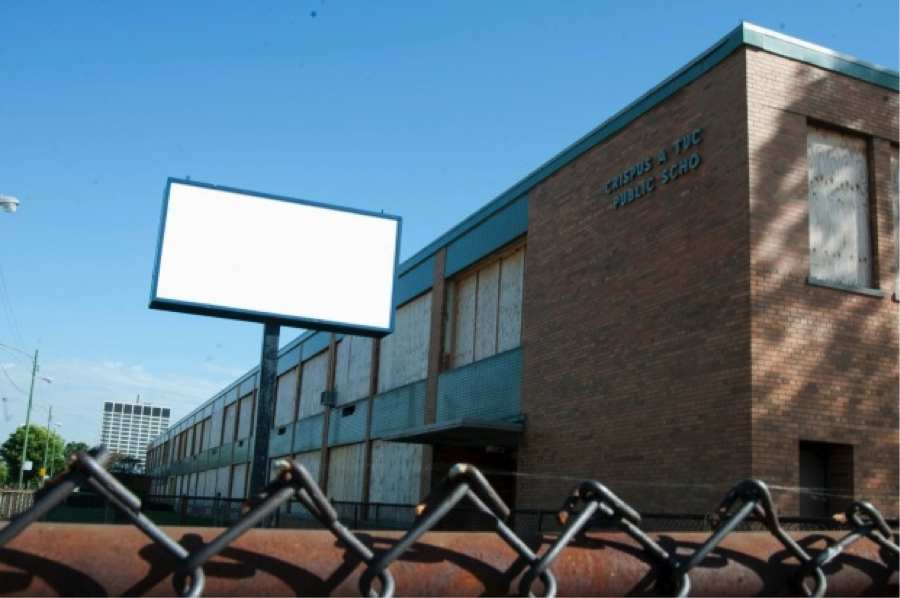Last year, dozens of public school in the Chicago Public School system were shuttered. Since then, there’s been much discussion about what will happen to the vacant schools, with the students having been dispersed to other locations. Currently, it’s estimated that each school costs roughly $81,000 per year to maintain (some more, some less—for Buckingham, the upkeep was around $17,000, while Morgan costs about $256,000 to maintain per year). Currently, many of the buildings are still empty, but the committee proposed a three-phase repurposing process that would include community hearings using a portion of the funds from selling some of the buildings to finance the repurposing of other empty schools. Many of the properties can be used to help fulfill the city’s environmental, development, and housing plans, according to the committee.

Source: wbez.org
More Details About Vacancies
In the first phase of the plan, some of the buildings would be temporarily leased to nonprofit organizations or transferred to sister agencies. Three of the properties are already partaking in this phase:
- The city’s Department of Fleet and Facility Management may take over King Elementary
- Chicago High School for the Arts may take over Lafayette Elementary
- Woodlawn Children’s Promise Community has taken over Fiske Elementary.
The CPS Board of Education will have to approve potential reuses of the properties. A process would be put into place wherein pairings of a currently-vacant property and a bid for a project would be approved based on financial viability, community support, etc. Eventually, the properties could be used by churches, community centers, private or contract schools, affordable housing, health clinics, urban farming projects, or Park District activity centers.
How Would the Plan Benefit Chicago?
As most anyone can imagine, a vacant building can attract a lot of criminal activity. With 43 vacant schools, the potential for things like vandalism, theft, drug dealing, and other crime is high. Working to get those buildings used as quickly as possible helps Chicago by eliminating the problem of having an unsecured, hulking building taking up space in city neighborhoods. Plus, repurposing these buildings can create a lot of community resources and opportunities for residents. Of course, this will be a lengthy process to undertake for the city. In the meantime, these vacant schools need to be protected. Steel door and window guards should be used, and the city should also realize the longer the buildings sit empty, the more likely they are to become targets.



